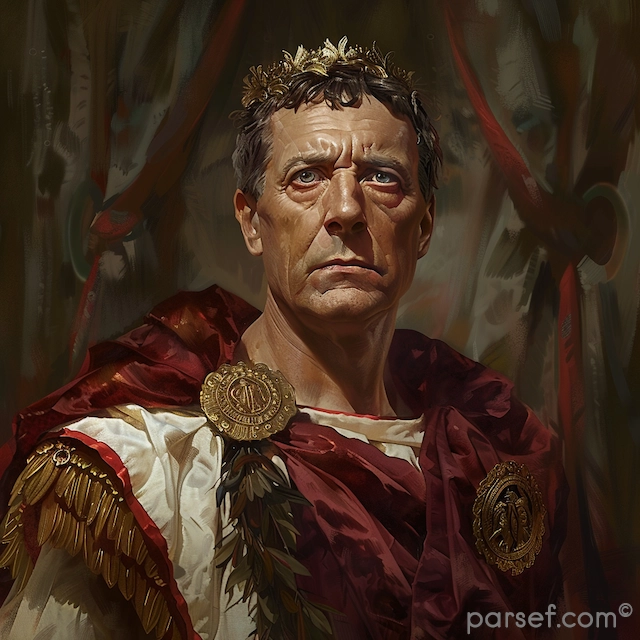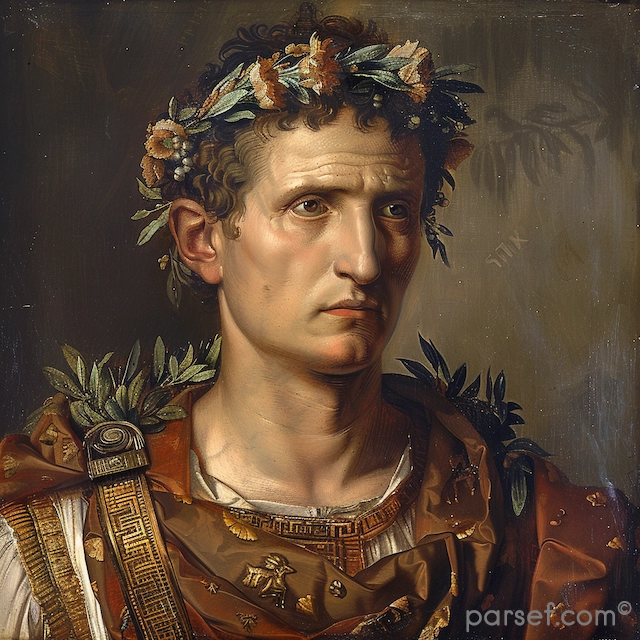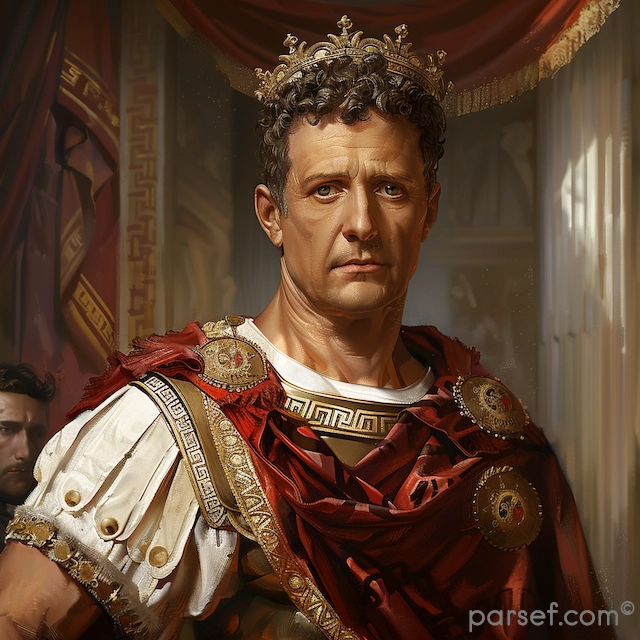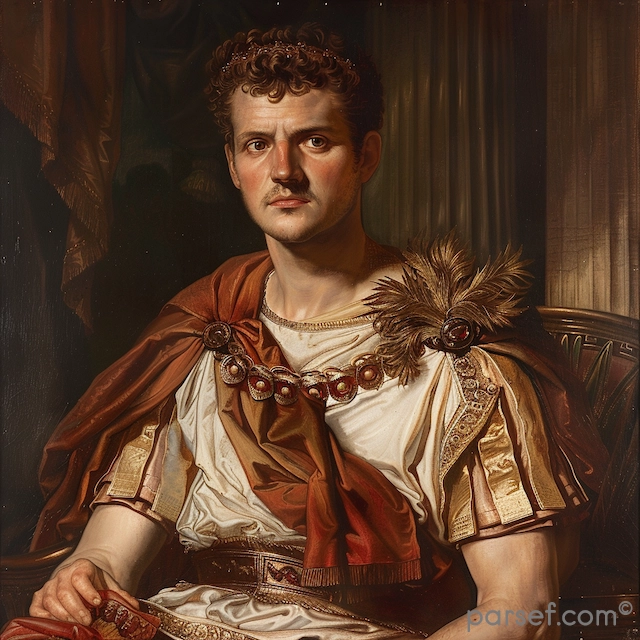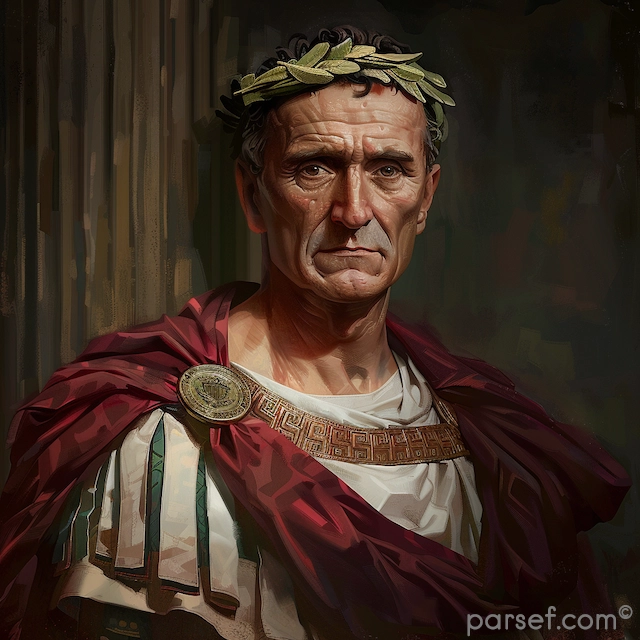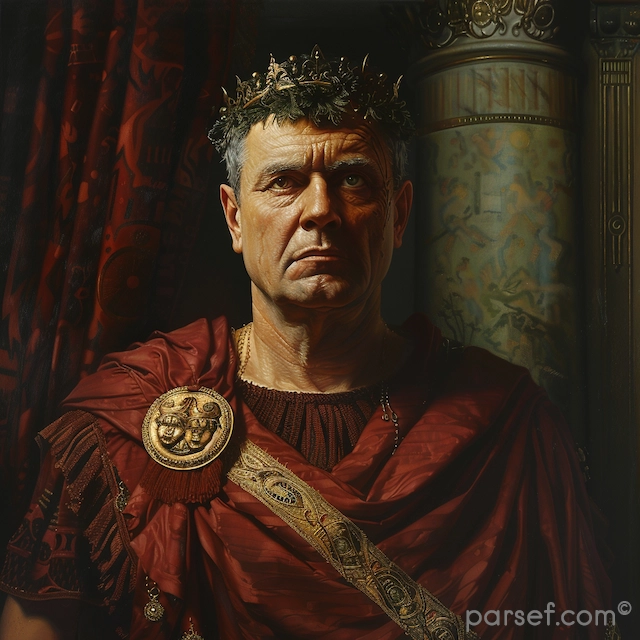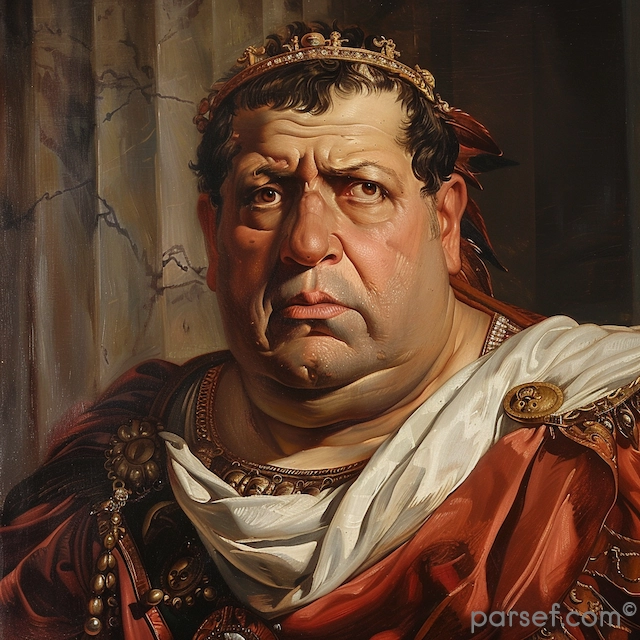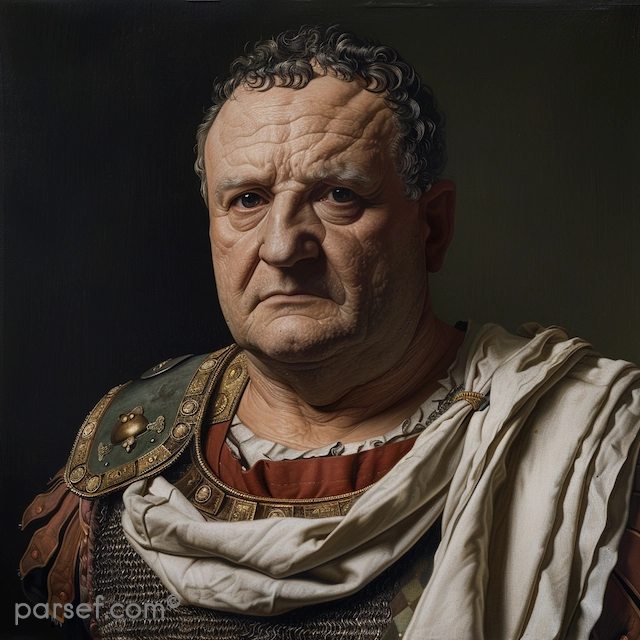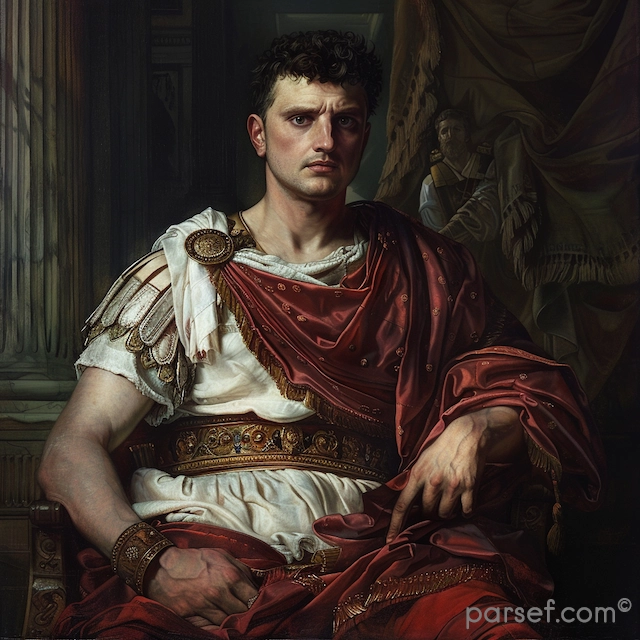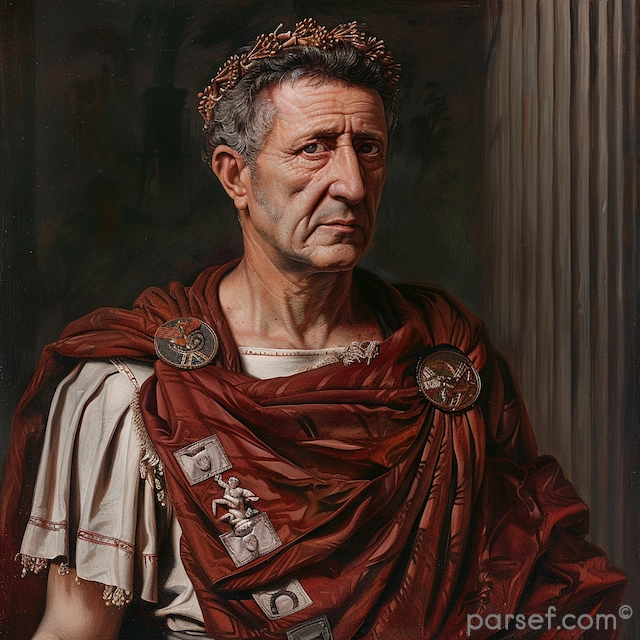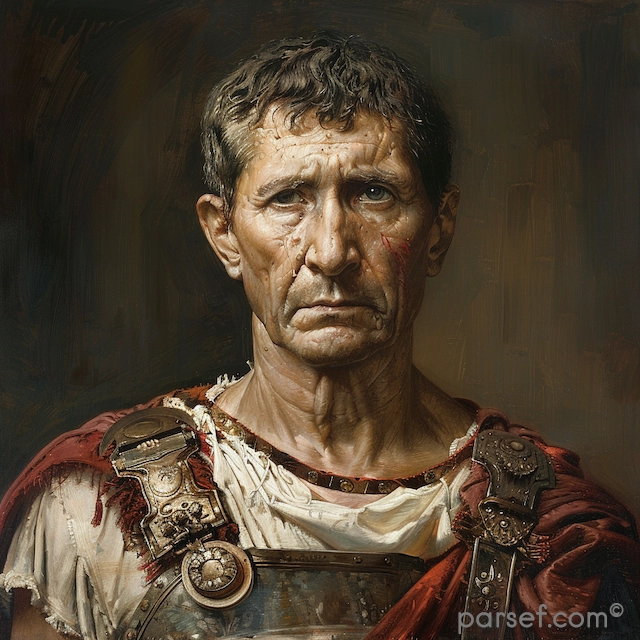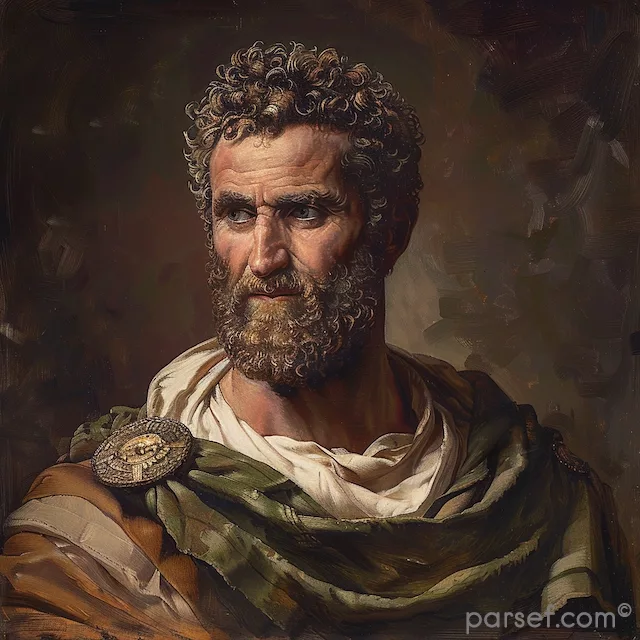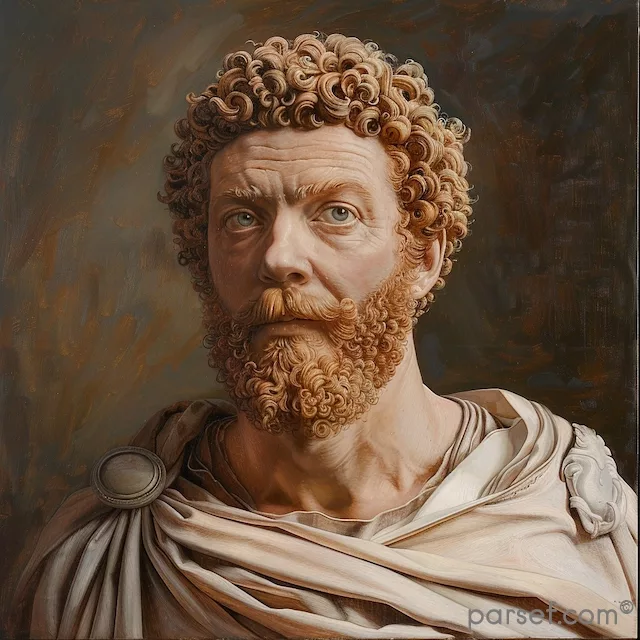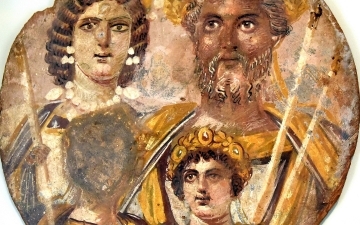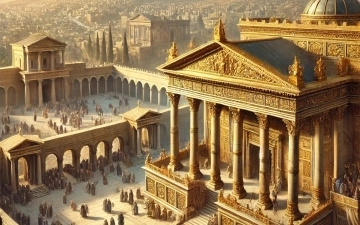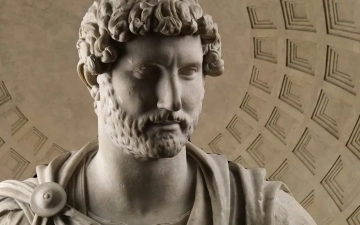Bonsai Trees: The Art, Care, and Beauty of Miniature Trees
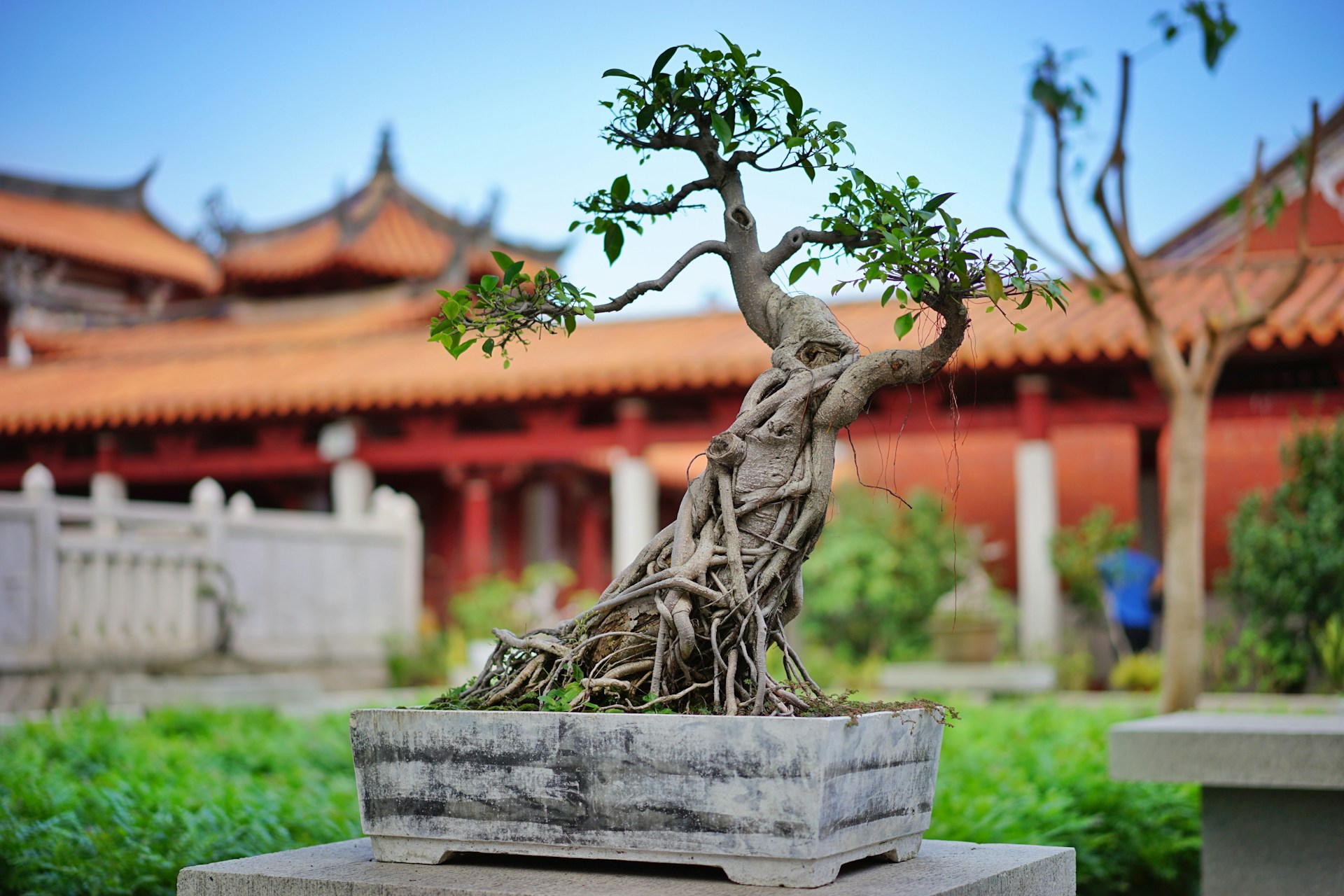
Bonsai trees are more than just plants—they are living works of art, shaped and nurtured over time to reflect nature’s beauty in miniature form. Originating from ancient Asian traditions, bonsai trees symbolize harmony, patience, and balance, making them a meaningful and meditative hobby for plant lovers worldwide. Whether you're a beginner or an experienced enthusiast, understanding the basics of bonsai care can help you cultivate a thriving tree that lasts for generations.
The Art & History of Bonsai 🎋
The word “bonsai” (盆栽) comes from Japan, meaning “planted in a container.” However, the practice of cultivating miniature trees dates back over a thousand years to ancient China, where it was known as “penjing.” The art later spread to Japan and evolved into the refined form we recognize today.
Bonsai trees are not specific tree species but rather regular trees that are pruned and shaped to remain small while maintaining a realistic, mature appearance. The goal is to create a perfectly balanced and aesthetically pleasing miniature version of a full-sized tree—a reflection of nature in a tiny, elegant form.
Choosing the Right Bonsai Tree 🌱
Not all trees make great bonsai, but some species thrive better than others. Here are a few of the most popular types:
Best Indoor Bonsai Trees (Perfect for Beginners!)
- Ficus Bonsai – One of the easiest to care for, great for beginners.
- Jade Bonsai – Requires little water and thrives indoors.
- Chinese Elm Bonsai – Hardy and easy to shape.
Best Outdoor Bonsai Trees (Thrives with Natural Sunlight)
- Juniper Bonsai – A classic bonsai with stunning needle-like foliage.
- Maple Bonsai – Beautiful seasonal colors, perfect for advanced growers.
- Pine Bonsai – Long-living and traditional in bonsai artistry.
How to Care for Your Bonsai Tree 🌿
Caring for a bonsai tree requires patience and attention, but with the right techniques, your tree can thrive for many years.
1. Watering Your Bonsai 💧
- Bonsai trees need consistent moisture but should never sit in standing water.
- Water when the topsoil feels slightly dry, ensuring thorough hydration without overwatering.
- Different species have different water needs, so research your specific bonsai type.
2. Pruning & Shaping ✂️
- Pruning maintains the shape and encourages new growth.
- Use bonsai shears to trim unwanted branches and leaves.
- Wiring can guide the tree’s growth, allowing you to sculpt and style your bonsai.
3. Choosing the Right Soil & Pot 🏺
- Bonsai soil should have a balance of water retention and drainage (Akadama, pumice, and lava rock are common components).
- The pot should have proper drainage holes to prevent root rot.
4. Light & Temperature Requirements ☀️
- Indoor bonsai need bright, indirect light and should be placed near a window.
- Outdoor bonsai should receive plenty of sunlight but may need protection from extreme weather conditions.
5. Repotting Your Bonsai 🔄
- Bonsai trees need to be repotted every 2-3 years to prevent root binding.
- Choose a slightly larger pot each time to allow for healthy growth.
The Beauty & Meaning Behind Bonsai Trees 🌸
Bonsai trees are not just decorative plants; they represent patience, balance, and the beauty of nature. Many bonsai enthusiasts find joy in the peaceful, meditative process of shaping and caring for their trees. Bonsai trees also make wonderful gifts, symbolizing longevity and harmony.
Start Your Bonsai Journey Today! 🌿
Whether you want to add a touch of nature to your home, learn the art of pruning, or experience the joy of growing a miniature tree, bonsai is a rewarding hobby for anyone. At Nursery Tree Wholesalers, we offer a wide selection of indoor and outdoor bonsai trees, along with expert advice to help you succeed.
🌱 Explore our bonsai collection today and start your journey into the world of bonsai!
Related Posts
How Online Tutoring Builds Stronger Foundations in Chemistry
Understanding chemistry often feels like learning a new language—symbols, equations, and reactions that demand more than just memorization. This is where online tutoring steps in as a game-changer. By offering personalized attention, real-time feedback, and flexible pacing, online tutoring helps students grasp core principles with confidence. It transforms abstract chemical...
Read MoreCareer Guide: Construction Managers – Building Careers in the Built Environment
Construction managers are the masterminds behind the successful delivery of building and infrastructure projects. They ensure that every phase of construction — from initial design planning to the final handover — is carried out efficiently, safely, and in compliance with all regulations. As pivotal leaders in the construction sector, they...
Read MoreThe Book of Revelation: A Historical and Theological Journey
The Book of Revelation, also known as the Apocalypse of John, is one of the most enigmatic and debated texts in the Christian biblical canon. Positioned as the final book of the New Testament, it has captivated theologians, historians, artists, and laypeople alike for nearly two millennia. Its vivid imagery,...
Read MoreSeptimius Severus: The General Who Became Emperor and Reformed the Roman Empire
The tumultuous period following the assassination of Commodus saw a rapid succession of emperors, each vying for power in a chaotic political landscape. Among these contenders, Septimius Severus emerged as the ultimate victor. A seasoned general with a reputation for military prowess and political acumen, Severus proved to be a...
Read MoreHerod’s Temple: A Marvel of Ancient Architecture and Its Biblical Significance
Herod’s Temple, also known as the Second Temple or the Herodian Temple, holds a central place in biblical history and Jewish heritage. Built by King Herod the Great during the 1st century BCE, this architectural masterpiece served as the spiritual heart of Judaism and a pivotal location in the narratives...
Read MoreHadrian: Building Walls and Bridges in Ancient Rome
In the annals of Roman history, Emperor Hadrian stands out as a multifaceted ruler known for his significant architectural projects, military achievements, and contributions to the empire's cultural development. His reign, from 117 to 138 CE, was marked by a commitment to both defending and connecting the vast Roman territories....
Read More